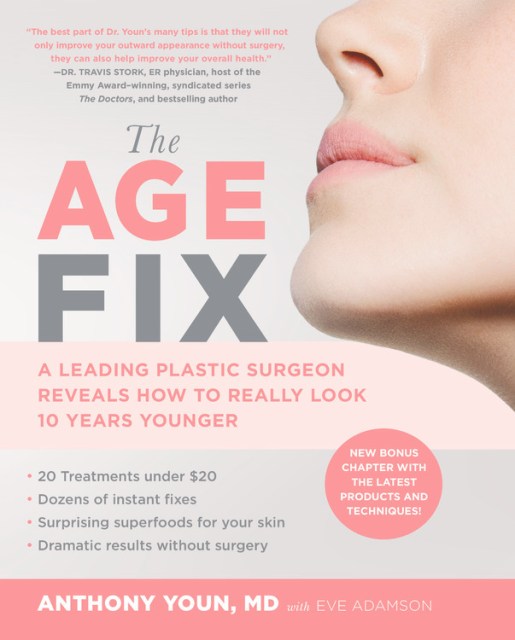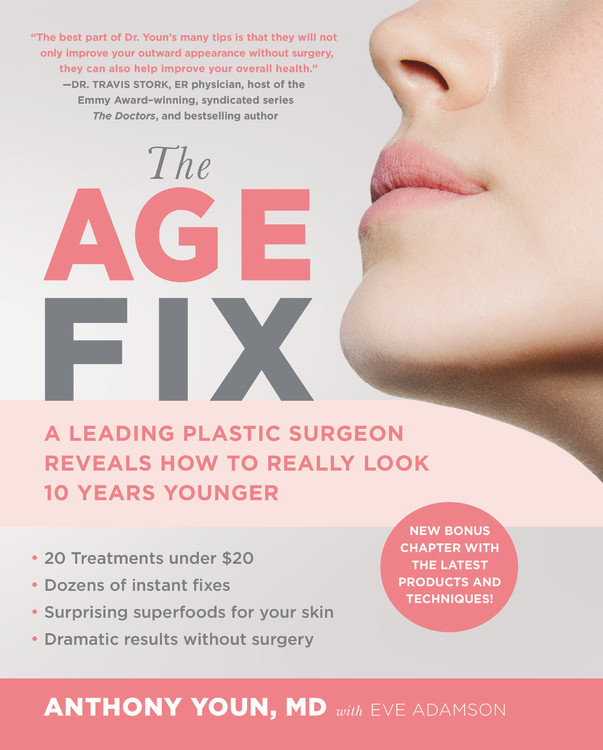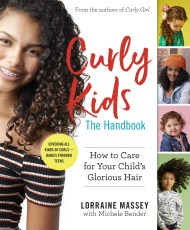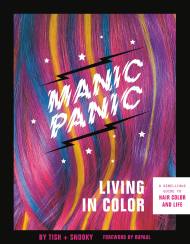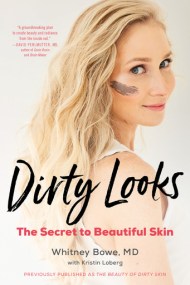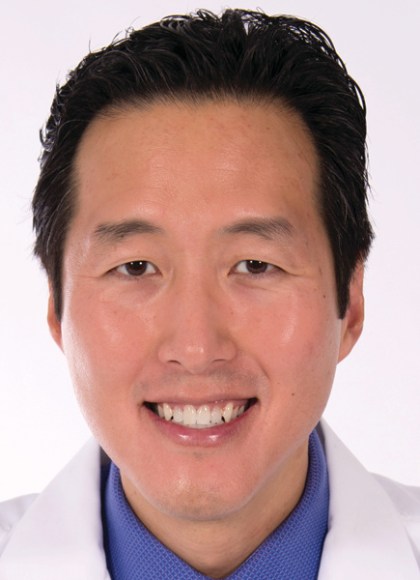Promotion
Use code MOM24 for 20% off site wide + free shipping over $45
The Age Fix
A Leading Plastic Surgeon Reveals How to Really Look 10 Years Younger
Contributors
With Eve Adamson
Formats and Prices
Price
$17.99Price
$22.99 CADFormat
Format:
- Trade Paperback $17.99 $22.99 CAD
- ebook $11.99 $15.99 CAD
- Hardcover $27.00 $35.00 CAD
- Audiobook Download (Unabridged)
This item is a preorder. Your payment method will be charged immediately, and the product is expected to ship on or around December 26, 2017. This date is subject to change due to shipping delays beyond our control.
Also available from:
The USA Today and Wall Street Journal bestselling guide to looking younger without spending a fortune from nationally renowned plastic surgeon Anthony Youn.
Here’s what the experts know but aren’t telling you-until now:
– The drugstore brand can be just as effective – or better – than the expensive cream at your dermatologist’s office
– Surgery usually isn’t the best solution
– Natural, DIY creams can actually get results, using ingredients that cost pennies
– Diet can be your best defense against redness, acne, fine lines, and wrinkles.
Dr. Anthony Youn is the rare plastic surgeon who does everything he can to keep his patients out of the operating room. He’s spent the past sixteen years researching the secrets of plastic surgeons, dermatologists, makeup artists, and dietitians, and he knows what works, what doesn’t, and what’s overpriced. Now he’s compiled solutions to every cosmetic aging problem in this definitive anti-aging bible.
Whether you want to stay as natural as possible or you’re interested to know which creams and medical procedures actually work (and are worth the price tag), The Age Fix has your fix to look younger and more radiant. Dr. Youn’s customizable Age Fix routine will help you improve skin health, whatever your age or concerns, and his diet-based Age Fix prescription will rejuvenate your skin and overall health from the inside out.
Did you know that the foods you choose every day can contribute to fine lines and wrinkles and the likelihood of your getting a sunburn? Dr. Youn explains why you should shun soda but reach for that glass of red wine. You’ll also discover which fruit can help you look younger and prevent sun damage and which supplements are proven to reduce fine lines.
From your face, to your neck, your hands, your eyes, and your body, The Age Fix has you covered with an abundance of actionable takeaways and insider advice to help you reclaim your youthful glow-without spending a fortune or going under the knife!
Genre:
- On Sale
- Dec 26, 2017
- Page Count
- 256 pages
- Publisher
- Grand Central Life & Style
- ISBN-13
- 9781455533305
Newsletter Signup
By clicking ‘Sign Up,’ I acknowledge that I have read and agree to Hachette Book Group’s Privacy Policy and Terms of Use
